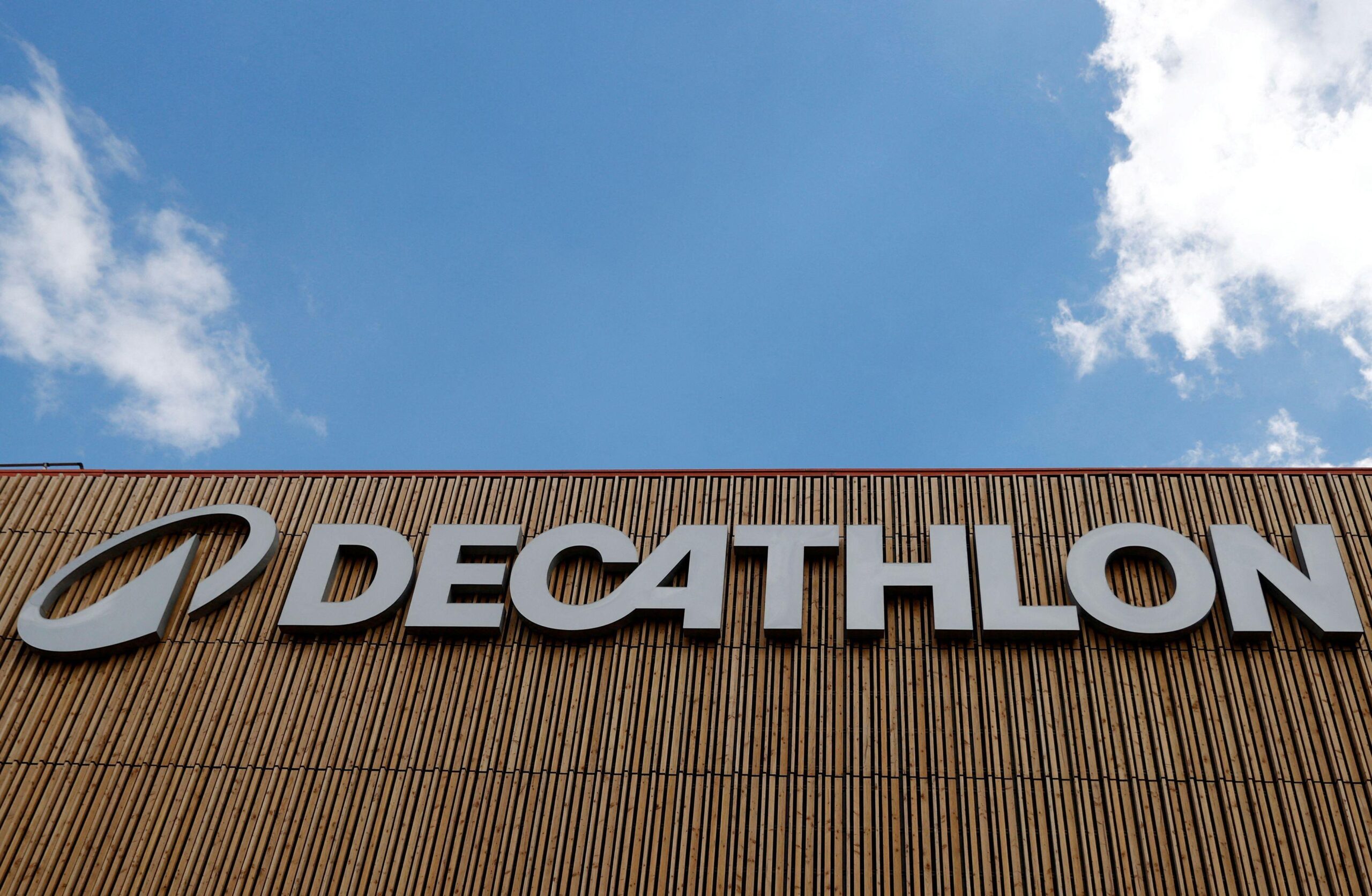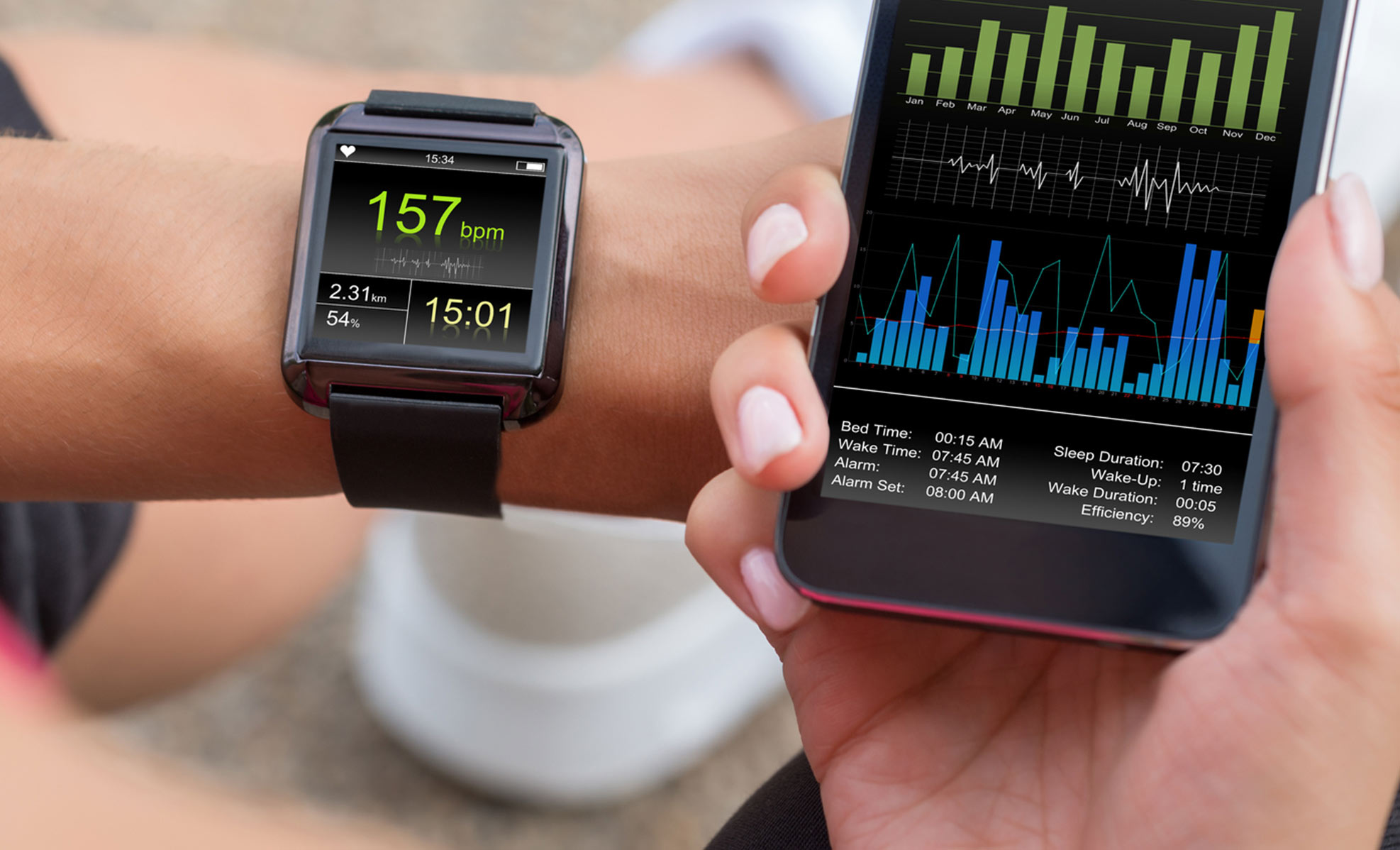Introduction to Decathlon and Eco-Design
As the world increasingly pivots towards sustainability, sports enthusiasts are on the lookout for gear that aligns with their eco-friendly values. Enter Decathlon, a global giant in sporting goods that prides itself on innovation and affordability. But what sets this brand apart is its commitment to eco-design—a forward-thinking approach to producing sports equipment with minimal environmental impact.
Imagine stepping onto a trail or into a gym equipped not just with high-performance gear but also products crafted from sustainable materials. That’s where Decathlon’s eco-design lineup comes in, offering athletes an opportunity to make conscientious choices without sacrificing quality or performance.
But how significant is this shift toward sustainable sports gear? Let’s dive deeper into Decathlon’s offerings and explore whether these innovations could shape the future of athletics while keeping our planet healthy.
The Importance of Sustainable Sports Gear
Sustainable sports gear plays a critical role in reducing the environmental impact of athletic activities. As more athletes recognize their influence on the planet, they seek options that align with eco-friendly values.
Traditional manufacturing practices often lead to significant waste and pollution. By choosing sustainable alternatives, consumers can support methods that prioritize resource conservation. This shift encourages brands to innovate using recycled materials and low-impact production processes.
Moreover, investing in durable gear not only benefits the environment but also enhances performance. High-quality products designed for longevity reduce the need for frequent replacements, saving money over time.
Athletes are now part of a growing movement towards sustainability. Their choices help shape market demand for greener options while inspiring others to make conscious purchasing decisions as well.
Overview of Decathlon’s Eco-Design Products
Decathlon is revolutionizing the sports gear market with its Eco-Design products. These items are crafted to minimize environmental impact while maximizing performance.
The range includes everything from lightweight running shoes made of recycled materials to eco-friendly yoga mats that support sustainable practices. Each product reflects a commitment to quality and sustainability, appealing particularly to environmentally-conscious athletes.
These innovative designs also focus on durability, ensuring they last longer than traditional alternatives. This means less waste over time, aligning perfectly with the ethos of responsible consumption.
Furthermore, Decathlon actively engages in improving their production processes by using renewable energy sources and efficient manufacturing techniques. They aim not just for aesthetic appeal but functionality without compromising on ecological responsibility.
Such initiatives make Decathlon a leader in sustainable sporting goods, setting an example for others in the industry. Whether you’re searching for gym equipment or outdoor essentials, these products offer both innovation and care for our planet.
Benefits of Using Eco-Design Products for Athletes and the Environment
Eco-design products offer numerous advantages for athletes and the environment alike. For starters, they are typically made from sustainable materials, reducing reliance on non-renewable resources. This shift not only lessens environmental impact but also promotes a circular economy.
Athletes benefit from eco-designed gear that often boasts enhanced performance features. These products are engineered to be durable, lightweight, and efficient—perfect for rigorous training sessions or competitions.
Moreover, choosing eco-friendly sports gear contributes to a broader movement towards sustainability in the industry. Every purchase reinforces consumer demand for responsible manufacturing practices.
By opting for these innovative products, athletes can align their values with their lifestyle choices while encouraging others to consider the planet’s health as well. Eco-design isn’t just about what you wear; it’s about fostering positive change within sports culture itself.
Challenges and Limitations of Eco-Design in Sports Gear Production
Creating eco-design sports gear comes with its own set of challenges. One primary concern is the cost of sustainable materials. Often, these alternatives carry a higher price tag than conventional options, which can deter manufacturers from fully committing to eco-friendly practices.
Additionally, production processes may need significant adjustments. Transitioning to greener methods often requires retraining staff and investing in new technologies. This shift can be daunting for established companies.
Another issue lies in consumer awareness. Many athletes still prioritize performance over sustainability when choosing their gear. This mindset complicates marketing efforts aimed at promoting environmentally friendly products.
Achieving durability and functionality while using recycled or organic materials remains a hurdle for designers. Striking that balance is vital to ensure customers are satisfied without compromising ecological values.
Comparison with Other Brands’ Sustainable Practices
When comparing Decathlon’s eco-design initiatives to other brands, a distinct approach emerges. Many companies tout sustainability but often fall short on transparency.
Brands like Patagonia and Nike have made strides in using recycled materials or promoting fair labor practices. However, their pricing can be a barrier for everyday consumers seeking affordable options.
Decathlon stands out by integrating sustainability into its core product lines without significantly raising prices. They prioritize accessibility while maintaining quality.
Moreover, some competitors focus solely on premium segments of the market, leaving budget-conscious buyers with limited eco-friendly choices. This creates an imbalance in availability across different demographics.
While brands may adopt green marketing strategies, Decathlon’s commitment reflects genuine efforts towards sustainable production through innovative design methods that appeal to a wider audience.
As athletes seek gear that aligns with their values, it will be interesting to see how these practices evolve across the industry landscape.
Consumer Demand for Eco-Friendly Sports Gear
The shift towards eco-friendly sports gear is more than just a trend; it’s a rising consumer expectation. Athletes and fitness enthusiasts are increasingly aware of the environmental impact of their purchases.
Many now prioritize sustainability alongside performance when shopping for gear. This demand drives brands to explore innovative materials and production methods that minimize harm to our planet.
Social media plays a crucial role in this movement, amplifying voices that advocate for greener products. The visibility of sustainable practices influences purchasing decisions significantly.
Moreover, as awareness grows, consumers are keen on supporting companies like Decathlon that offer eco-design options. They seek transparency about sourcing and manufacturing processes.
This demand not only encourages better practices but also fosters competition among brands striving to meet these expectations. The market continues evolving as more people become conscious of their choices in the realm of sports equipment.
The Future of Sustainable Sports Gear: Will Other Brands Follow Suit?
The world of sports gear is rapidly evolving, and Decathlon is at the forefront with its innovative Eco-Design products. As consumers increasingly prioritize sustainability, brands that lag behind may find themselves outpaced. The question remains: will other companies take a cue from Decathlon’s commitment to eco-friendly practices?
With rising awareness around environmental issues, there’s a growing expectation for brands to adopt sustainable methods in product design and manufacturing. Decathlon has set an impressive example by creating affordable options without compromising on quality or performance. This balance appeals not only to athletes but also environmentally-conscious shoppers seeking value.
As more customers seek out promotions like the **Decathlon promo code 2025** or various **cashback offers**, it becomes evident that affordability can coexist with sustainability. Whether someone is searching for gym equipment or beginner-friendly sports gear, it’s clear that eco-friendly alternatives are becoming more desirable.
Other brands have started exploring their own sustainable initiatives; however, many still struggle with scaling these efforts effectively. If they want to keep pace with changing consumer demands—especially as people ask questions like “**Is Decathlon good for gym equipment?**”—they’ll need to rethink their production strategies seriously.
In this shifting landscape driven by customer preferences and ecological responsibility, one can’t help but wonder if we’re on the brink of a significant industry transformation. Will we see a wave of innovation from competitors eager to match what Decathlon has achieved? Only time will tell how adaptable the market truly is when faced with such pressing global challenges—and whether other players will seize the opportunity presented by consumer demand for greener choices in athletic wear.




